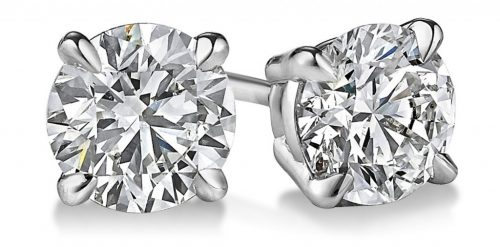THE man who wrote one of the top finance books of all time has now
warned we could be heading for the “biggest crash in world history”.

THE man who wrote one of the top personal finance
books of all time has warned we could be heading for the “biggest crash
in world history”.
Robert Kiyosaki, author of the 1997 bestseller
Rich Dad Poor Dad and “self-proclaimed troublemaker”, has a simple piece of advice to protect yourself — buy gold.
“All
markets boom and bust, it’s just life,” said Kiyosaki, who will be in
Australia later this month to headline the Wealth Masters Tour in
Sydney, Brisbane and Melbourne.
“Unfortunately we had a big crash
in 2000, they called it the dotcom crash, then in 2008 it was the
subprime real estate crash. The next is going to be the biggest of all.
When it’s coming I don’t really know, but the foreshocks are sounding
right now.”
Kiyosaki blamed the US Federal Reserve’s money
printing policies, known as quantitative easing, for inflating the
bubble. “In Australia they always say when America sneezes, Australia
passes out,” he said.
“I’ve always been a gold bug. My latest book coming out is called
Fake. There’s so much fake money. In 1971 Nixon took the dollar off the gold standard and the US dollar became fake money.
“The
problem is it also became invisible, so they could print as much as
they wanted. That’s why savers got wiped out. So for the average person,
just buy some Aussie gold or silver coins from the Perth Mint. When the
dollar goes down, gold goes up.”
Apart from that, “you need some kind of education” to make more money, he said.
Kiyosaki said not much had changed in the two decades since he wrote
Rich Dad Poor Dad, which advocated for greater financial education.
“Absolutely
not,” he said. “We still don’t teach financial education in schools.
They teach economics, but they don’t really teach much beyond that. The
positioning title of
Rich Dad Poor Dad was what the rich teach their kids about money — it’s not, ‘Go to school and save money.’”
Kiyosaki
said he had now taught in a number of schools and it was “shocking and
disappointing”. “The students can only learn from the teacher, and the
teacher doesn’t know much,” he said.
“They’re just out of touch
with the reality of the world outside of school. My concern is the
number of youth unemployed is so high now because they’re not prepared
for the world.”
He said there were three main things “schools kind of mess you up in”.
“In
school they teach you not to make mistakes, that mistakes mean you’re
stupid,” he said. “But we’re designed to learn by making mistakes,
babies learn to walk by falling down.”
The second thing was “don’t
ask for help because it’s cheating”. “My ‘poor dad’ tried to solve his
financial problems all by himself,” he said. “I operate my personal life
like a rugby team, the best accountants, bookkeepers, bankers.”
The
third thing was “that school teaches you there’s only one right
answer”. “In the real world you’ve got to find mutual right answers,” he
said.
Kiyosaki, who has faced criticism over the years for various issues including his real estate investment advice, said he was still a fan of real estate.
“It’s
like anything else, it’s only a good investment if you’re a good
investor,” he said. “‘Is cooking good? Are you a good cook?’
“I
don’t sell investments at all, I don’t recommend anything, but people
come up to me and say, ‘Tell me what to do.’ I think that comes from
school, they’re just waiting for the answer. I’ve always recommended
people take courses and study.
“In 1973 I came back from Vietnam,
went for my MBA and took a real estate course. I was making more money
off my real estate course than my MBA. I love real estate, I’ve never
lost money in real estate, simply because I study it.”
Kiyosaki
also shares the unique distinction of being the only person to have
co-authored two books with US President Donald Trump, and was a
supporter or the Republican during the 2016 election.
The pair teamed up in 2006 for
Why We Want You to Be Rich: Two Men, One Message after meeting through education company The Learning Annex, and in 2011 released a sequel titled
Midas Touch: Why Some Entrepreneurs Get Rich — And Why Most Don’t.
“I
share the cover with him — it’s kind of a liability,” he laughs. “You
either love him or hate him, that’s about it. I always crack up. There’s
no two Donald Trumps, he is what you see, whereas with Obama and many
politicians, you don’t know which guy you’re talking to.
“Trump is
just Trump. He’s a good man, but I think he opens his mouth, puts his
foot in his mouth then tweets about it. As you know, there’s no news
without Trump anymore. I turn on any US station, it’s either Trump said
this or Trump said that.”
Kiyosaki said “we won’t know” if Trump’s
presidency had been a success until the dust had settled. “He’s shaking
everything up, that’s for sure,” he said.
Source:
news.com.au

















